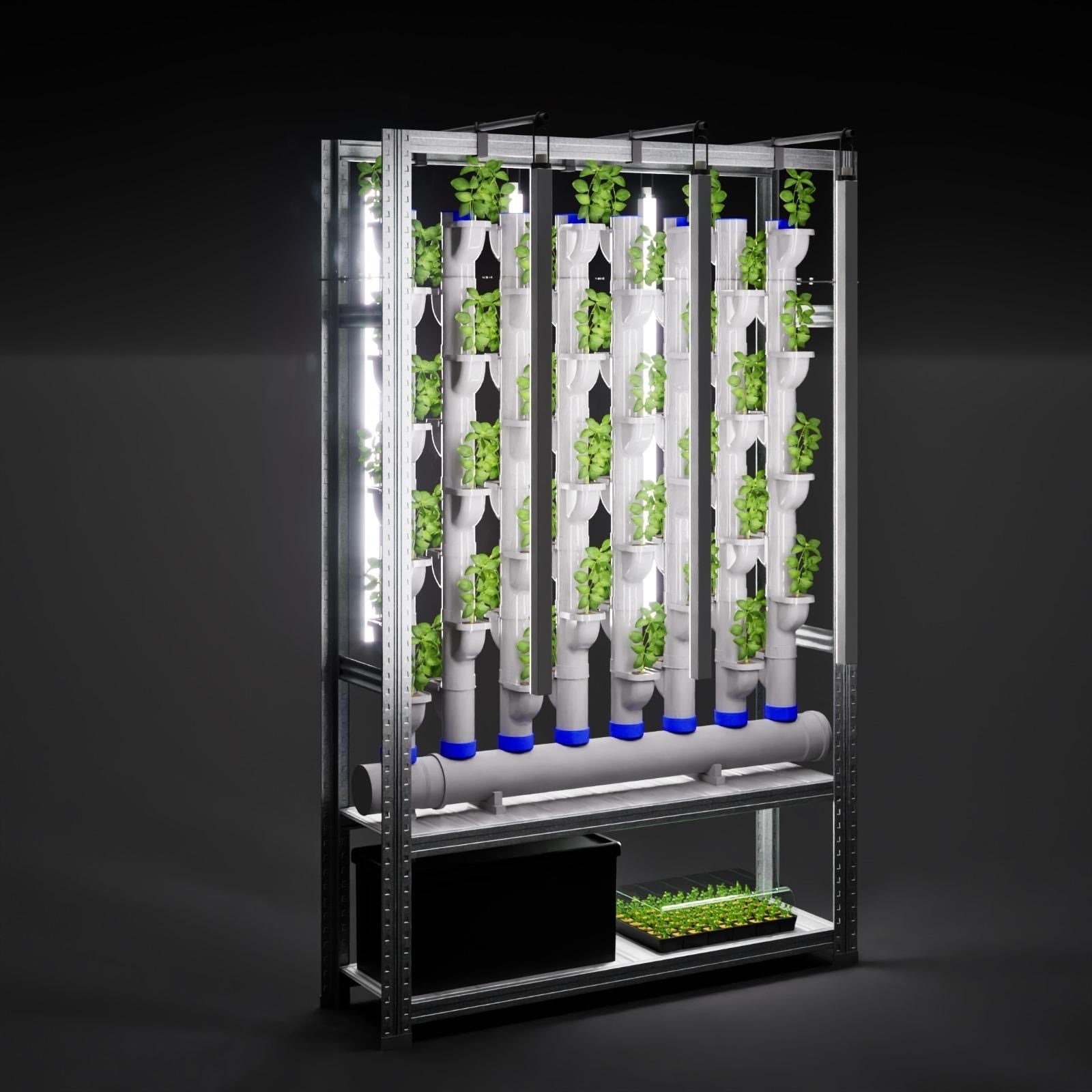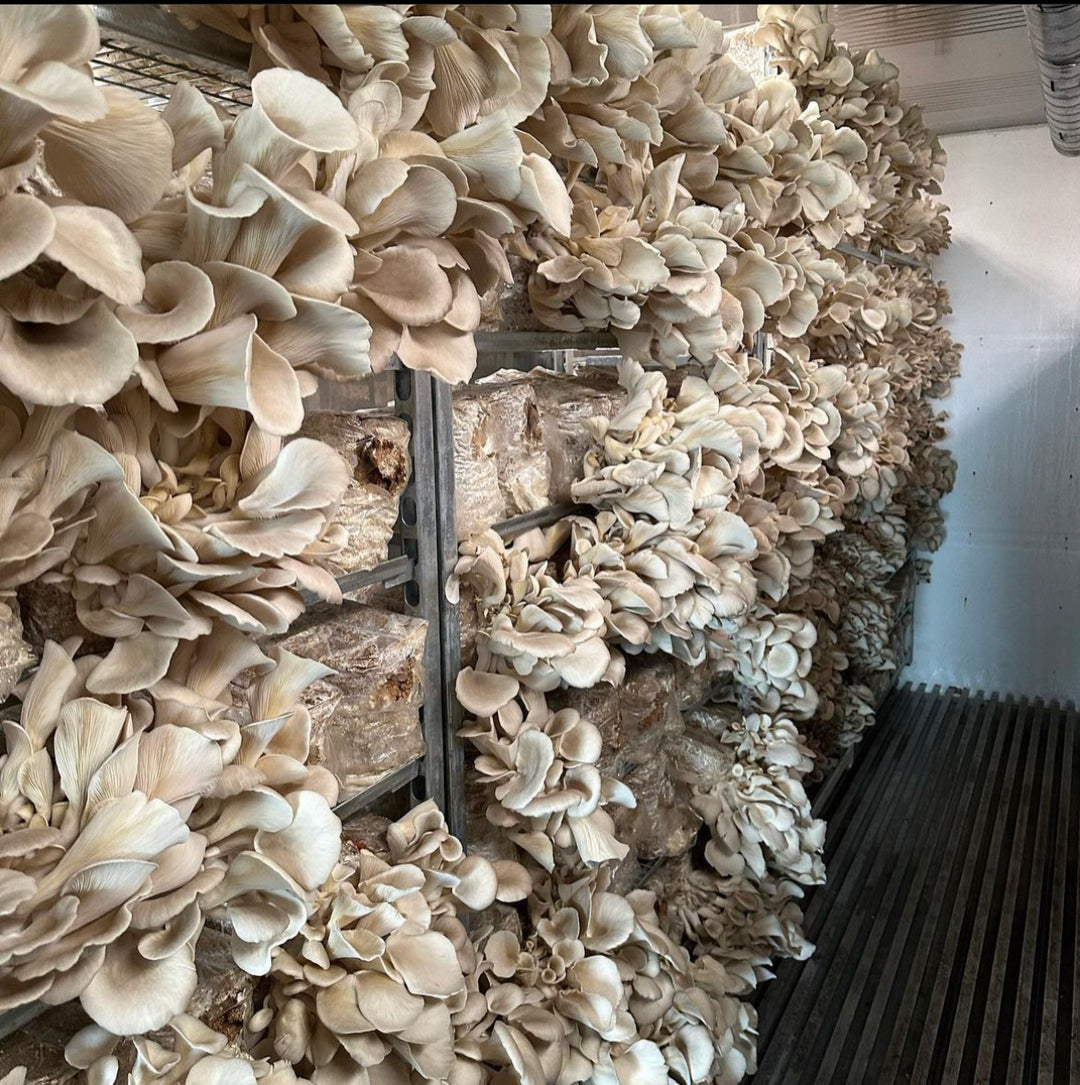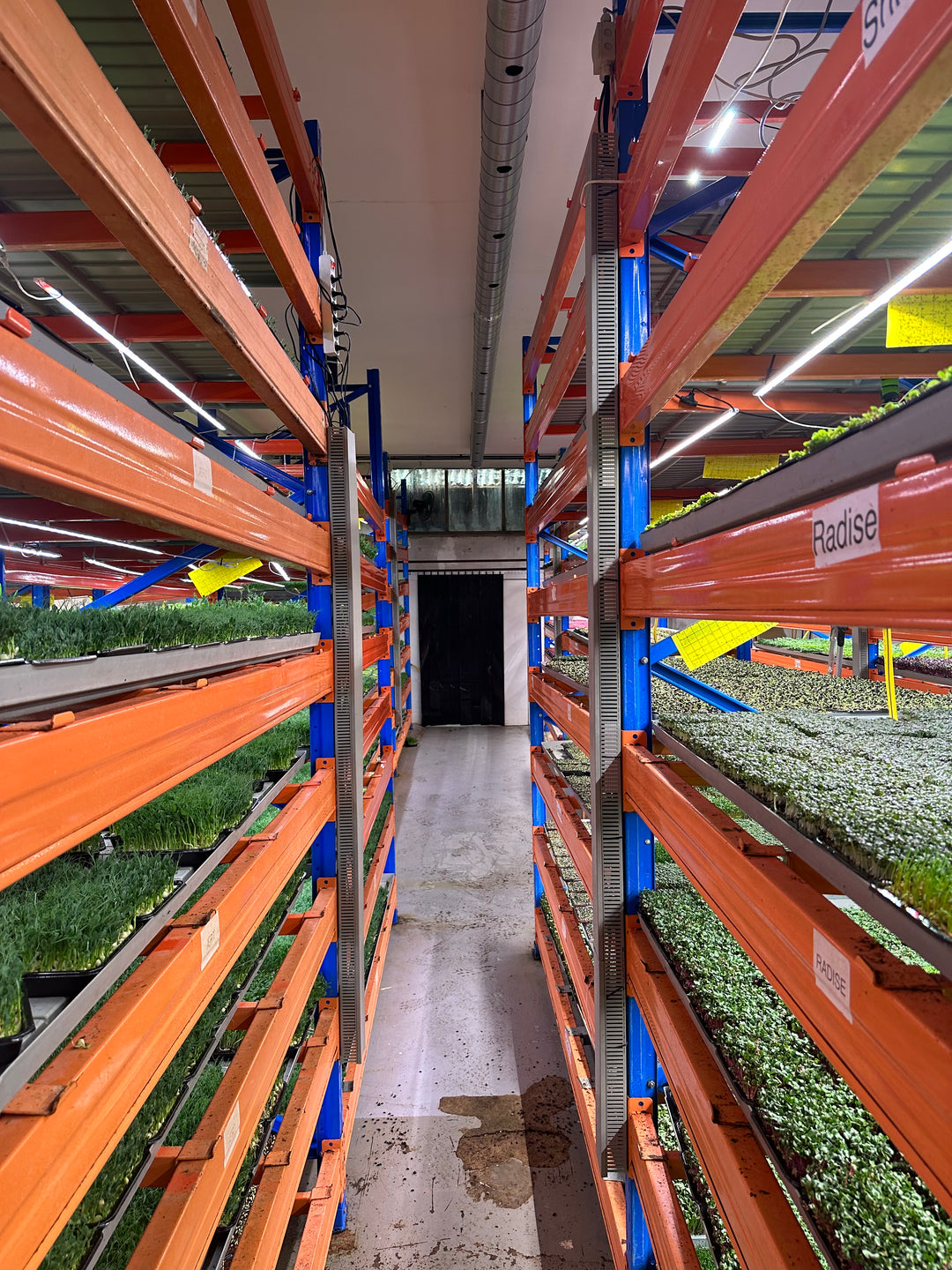Growpipes: Revolutionizing Indoor Plant Cultivation

In the ever-evolving landscape of indoor gardening and controlled-environment agriculture (CEA), innovative solutions are constantly emerging to optimize plant growth and resource efficiency. One such innovation is the growpipes, a versatile system that offers a unique and effective approach to cultivating various plants.
What are Growpipes?
Growpipes, in their simplest form, are cylindrical structures designed to house and nurture plants. They come in various sizes and configurations, but the core concept remains the same: to provide a controlled environment for plant growth. These pipes can be made from various materials, including PVC, food-grade plastics, or even recycled materials, depending on the specific application.
How Growpipes Work:
The functionality of growpipes lies in their ability to integrate various growing techniques. Here is a breakdown of the typical processes:
1. Nutrient Delivery:
Growpipes often incorporate hydroponic or aeroponic systems, where nutrient-
rich water solutions are circulated or misted around the plant roots. This direct nutrient delivery ensures that plants receive the precise amounts of essential elements for optimal growth.
2. Light Distribution:
LED grow lights can be integrated into the growpipe structure, providing
uniform and efficient illumination. The cylindrical shape of the growpipe allows for even light distribution, ensuring that all parts of the plant receive adequate light.
3. Environmental Control:
Growpipes can be designed to maintain specific temperature and humidity
levels, creating an ideal microclimate for plant growth. This controlled environment minimizes the risk of pests and diseases, reducing the need for chemical treatments.
4. Vertical Growth:
Growpipes can be arranged vertically, maximizing space utilization and
allowing for high-density planting. This vertical arrangement is particularly beneficial for urban farming and indoor gardening, where space is often limited.
Advantages of Growpipes:
Space Optimization:
The vertical design of growpipes allows for efficient use of space, making
them ideal for small apartments, balconies, or indoor farming facilities. This space optimization is particularly valuable in urban environments, where land is scarce.
Water Efficiency:
Hydroponic and aeroponic systems used in growpipes minimize water waste,
as water is recirculated and reused. This water efficiency is crucial in areas facing water scarcity.
Nutrient Precision:
Growpipes allow for precise control over nutrient delivery, ensuring that plants
receive the optimal amounts of essential elements. This precision can lead to faster growth, higher yields, and improved plant health.
Reduced Pest and Disease Risk:
The controlled environment of growpipes minimizes the risk of pests and
diseases, reducing the need for chemical pesticides. This results in cleaner and healthier produce.
Year-Round Production:
Growpipes can be used to grow plants year-round, regardless of the outdoor
climate. This provides a consistent supply of fresh produce, even during off-seasons.
Ease of Use:
Growpipes can be relatively easy to set up and maintain, making them
accessible to both beginner and experienced gardeners. Automated systems can further simplify the growing process.
Customization:
Growpipes can be customized to meet the specific needs of different plants and
growing environments. This flexibility allows for a wide range of applications, from growing herbs and vegetables to cultivating ornamental plants.
Applications of Growpipes:
Urban Farming: Growpipes are ideal for urban farming, allowing for the production
of fresh produce in densely populated areas.
Indoor Gardening: Growpipes can be used to grow herbs, vegetables, and
ornamental plants indoors, bringing the beauty and benefits of nature into homes and
offices.
Commercial Agriculture: Growpipes can be used in commercial agriculture to
increase yields and improve resource efficiency.
Research and Education: Growpipes can be used in research and education to study
plant growth and develop new growing techniques.
The Future of Growpipes:
As technology continues to advance, we can expect to see even more innovative growpipes designs and applications. The integration of AI, robotics, and advanced sensors will further enhance the efficiency and automation of growpipes systems.
Growpipes represent a significant step forward in indoor plant cultivation, offering a
sustainable and efficient approach to growing a wide range of plants. With their numerous advantages and diverse applications, growpipes are poised to play a vital role in the future of agriculture and urban farming.


